“Motorcycles can help young people in China find a creative life!” Miki says. She is 26 years old and compact in size but she blasts around Beijing on her Zero Engineering Type 6 with force. The bike’s 92.63ci, air-cooled S&S Shovelhead and Baker 6-speed, combined with the Zero’s frame geometry, works for smaller riders like Miki: A rigid Gooseneck frame with a 33.2 degree rake drops the bike to a closer 3.9 inch frame to street and 26 inch seat to street clearance. The classic Zero design Springer front fork and larger 5.00-16 tires reflect a nostalgic history that Miki appreciates. The bike’s 63.0 inch wheel base, 36.6 inch height, and 28.3 inch width frame squeaks through her neighborhood narrow Hutong[1] streets.
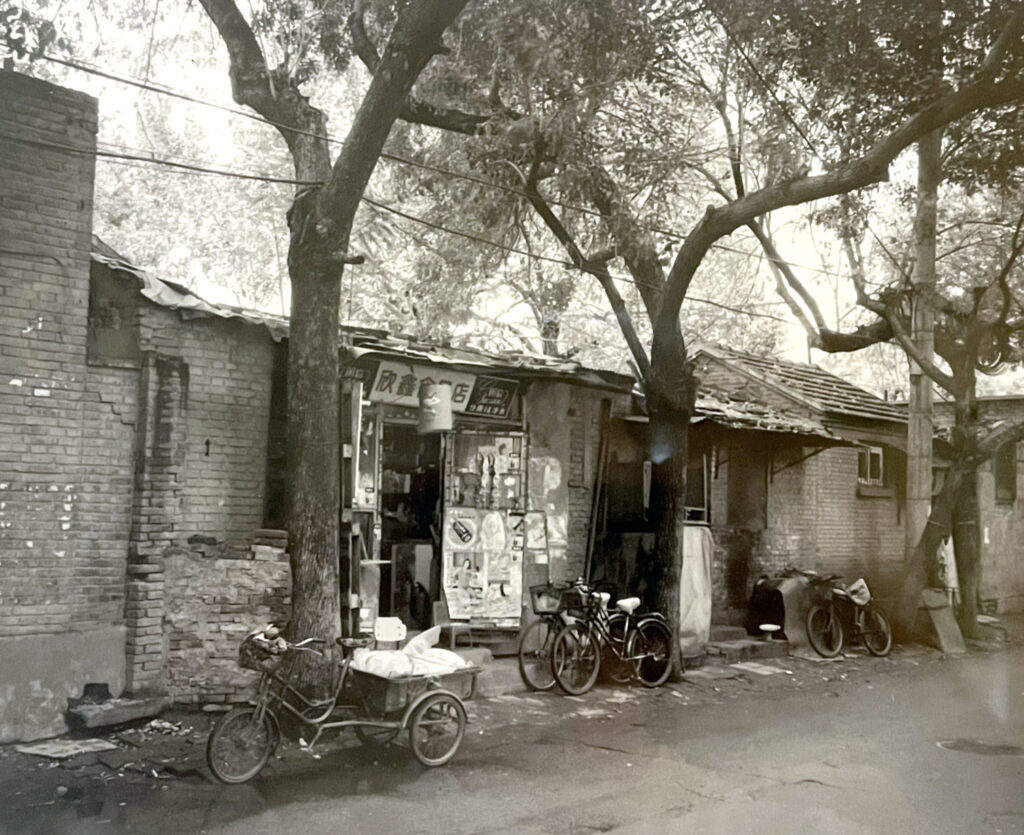
Miki uses Google Translate: “I live and work in Beijing,” Miki says. “I am a make-up artist for fashion, video, movie. There is a group of young people like me who also do the creative life and we ride together. My Beijing tattoo artist friend, Zhou Xiaodong (AKA: Dong- Mummy Tattoo) is an example. I live in second ring road Dong Cheng district where life is traditional chuantong open courtyard house style. Everything looks a thousand years old. It was affordable here ten years ago but now it’s difficult. My friends and I work and then we meet up, ride and relax,” Miki continues. “I have been riding a motorcycle for 10 years, and I have ridden other brands of models and favorites. I have never found what I like in my heart. I felt something was wrong, until I met my Zero, I fell in love with it at that first moment. Because I love retro, no matter the design. The style, or the sound of the engine, all I want, retro to the extreme, exquisite to every detail, call it a perfect work!”
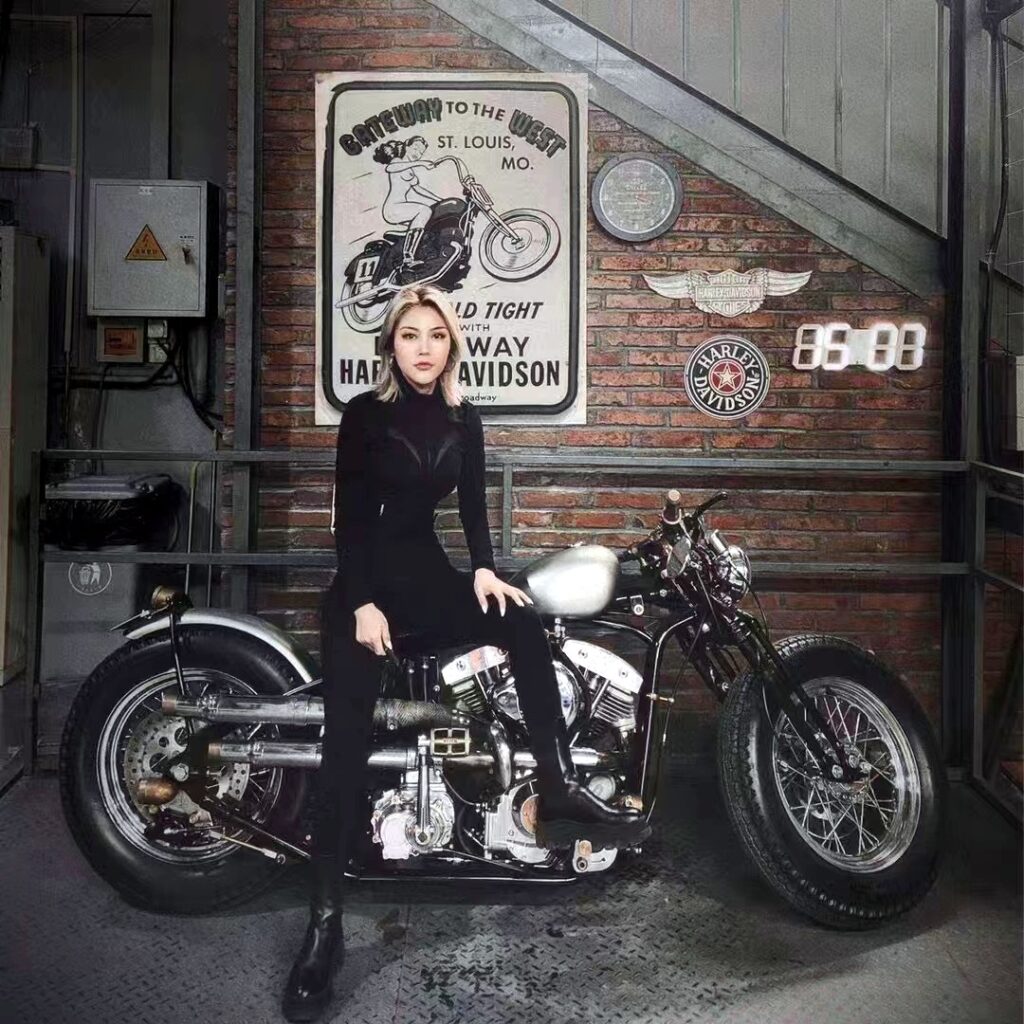
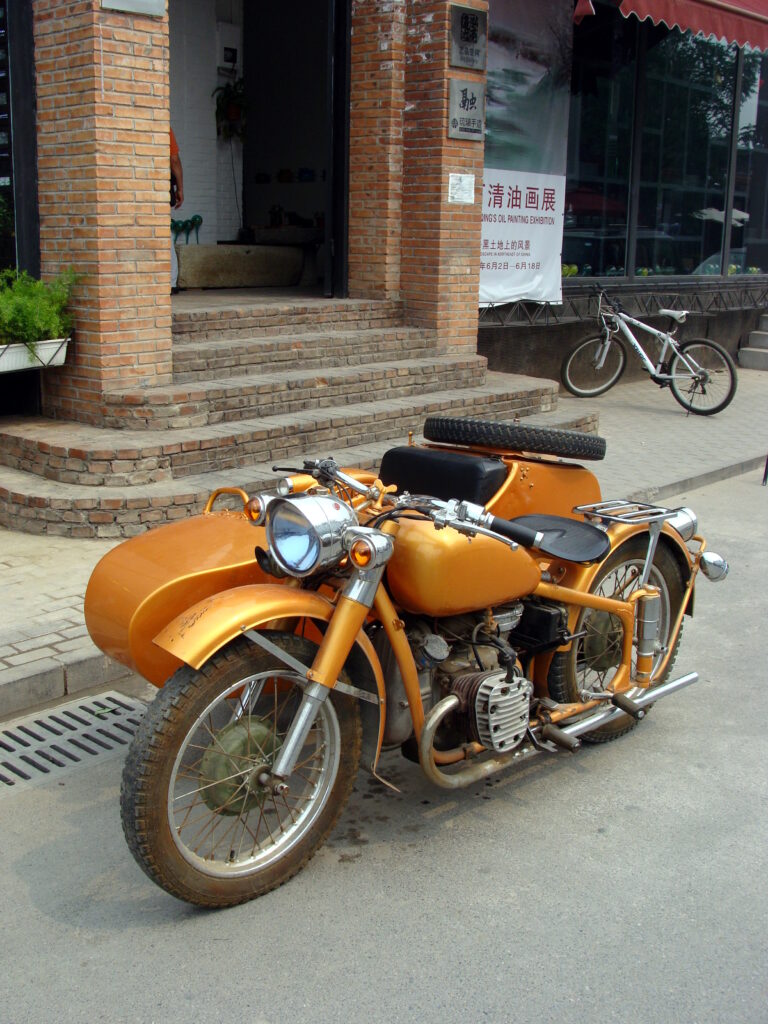
The Chinese economy took off during the early 2000s with unprecedented 12% annual GDP growth. Miki, Dong Dong and their friends worked hard to be a part of that new opportunity. Chinese society continues to be closed off from the rest of the world by government filters but young people like Miki use proxy servers to navigate on the Web and see what other young people are doing: The internationalism of fashion, consumerism, trend, style, and a new sense of self that includes motorcycles. If you ride in Beijing, most world bike brands from aggressive, Ninja-style speed machines to up-scale Euro and H-D are now on the streets. During the 1930s-49 the Nationalist Chinese Kuomintang Army rode Indian but sighting one of those is unlikely. The Chang Jiang side car bike had a military history in early Communist China. Today there are urban myth stories about warehouses full of dusty, abandoned 1949-1970s Chang Jiangs. The bikes are not allowed in many areas because of air quality regulations but they are seen on outer-ring Beijing streets. Trendy younger-set kids sneak them on lower ring roads and it’s common to hear their boxer opposing-twin 750 engines blowing smoke on warm summer weekend nights[2].
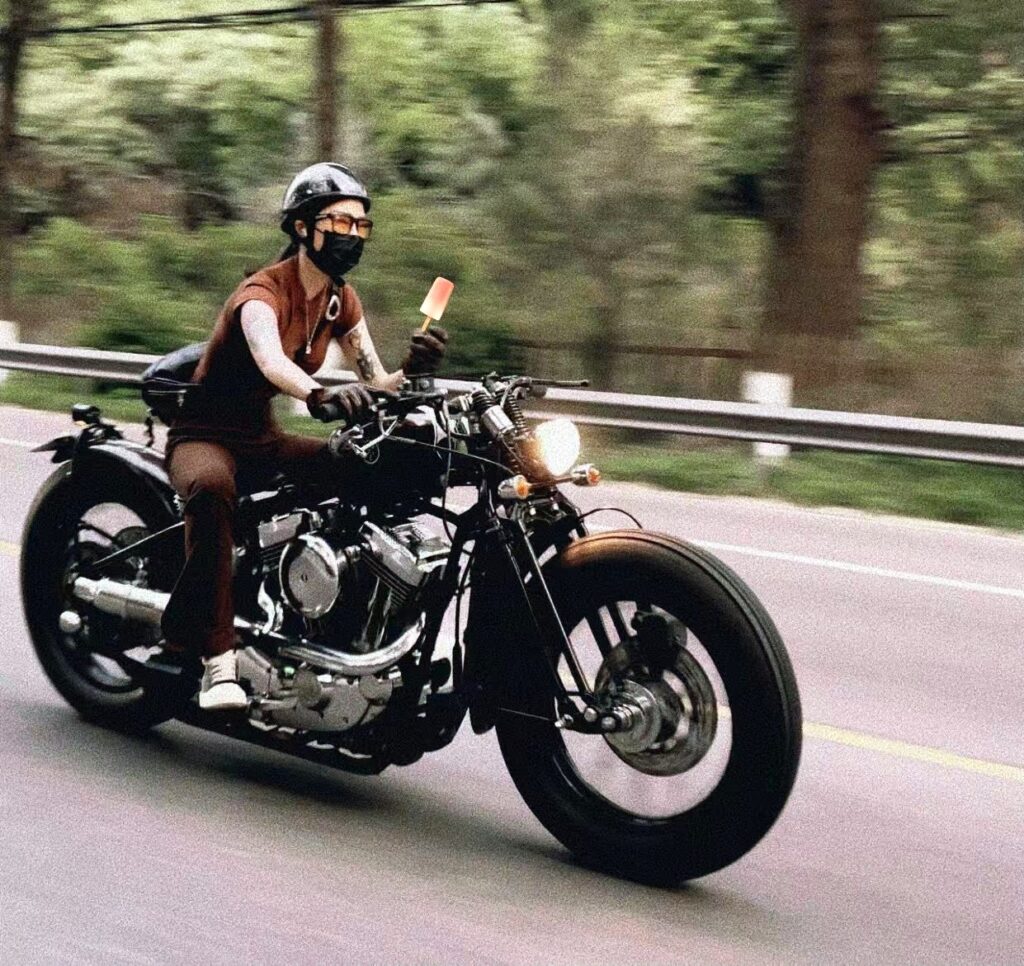
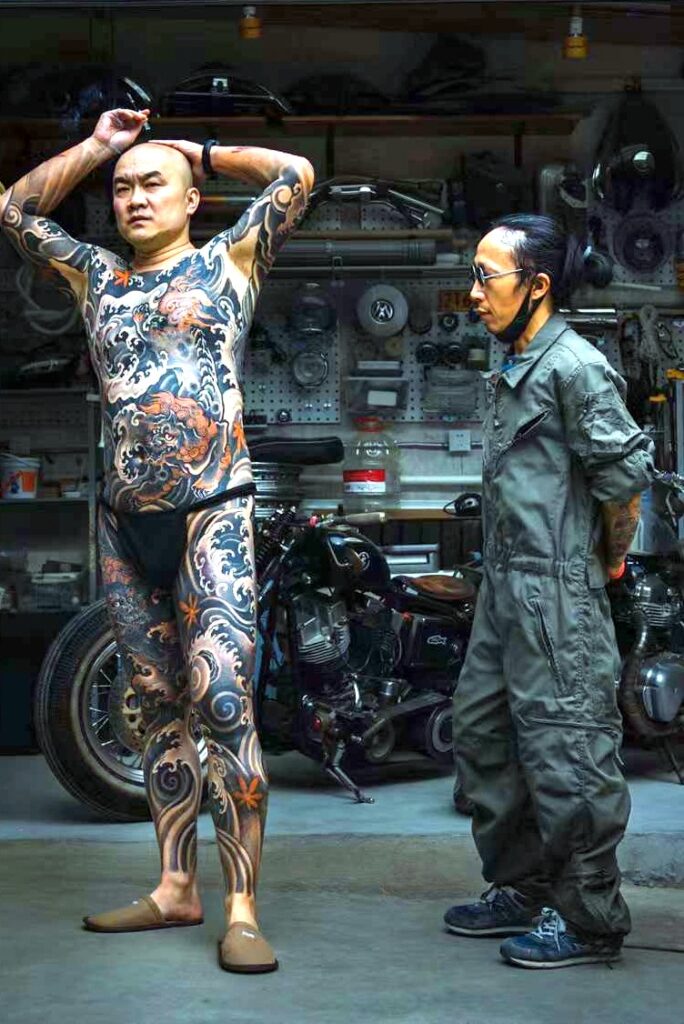
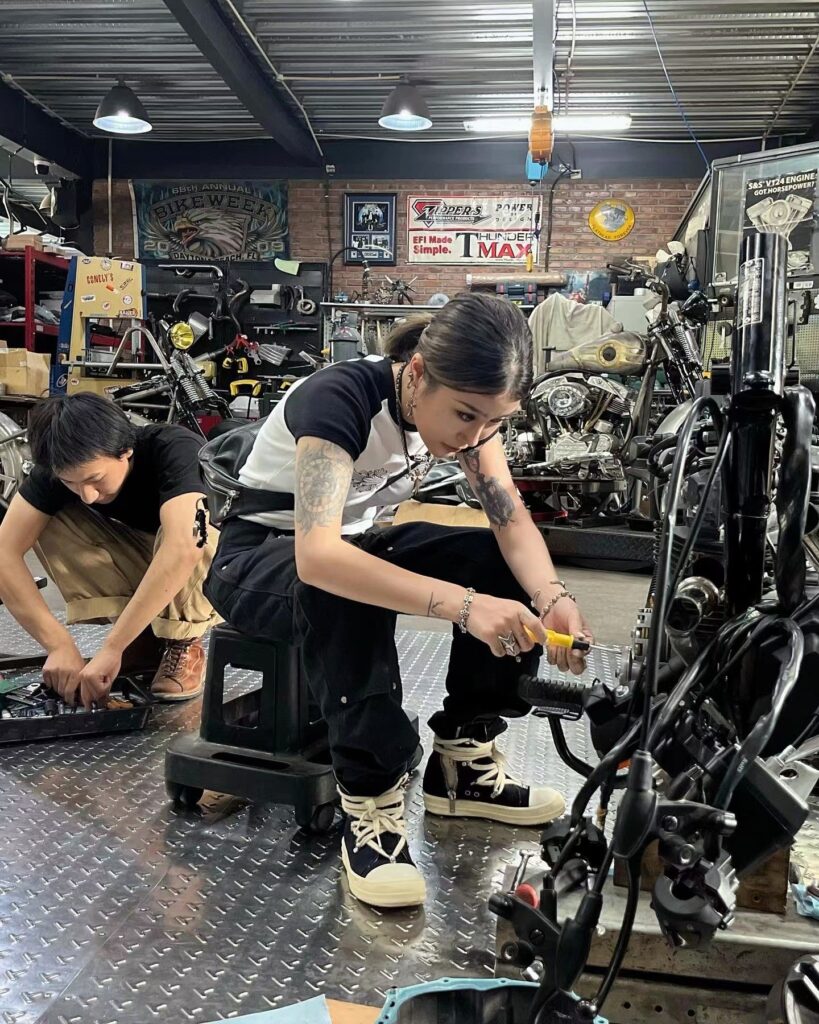
[1] Hutong refers to the traditional, narrow alleyways that are a part of traditional Beijing neighborhoods.
[2] The Chang Jiang story is a great history lesson in early moto-globalization. First developed in Third Reich Germany during WWII, then after the War to Eastern Germany, then to Russia, then to China.
[3] A hierarchy of age is a part of Chinese culture that is reflected in how people eat and drink. It is impolite to hold a glass above the level of a senior person when toasting. Younger people at the table serve food to the older first. It is impolite for a younger person to commence eating before an older person.
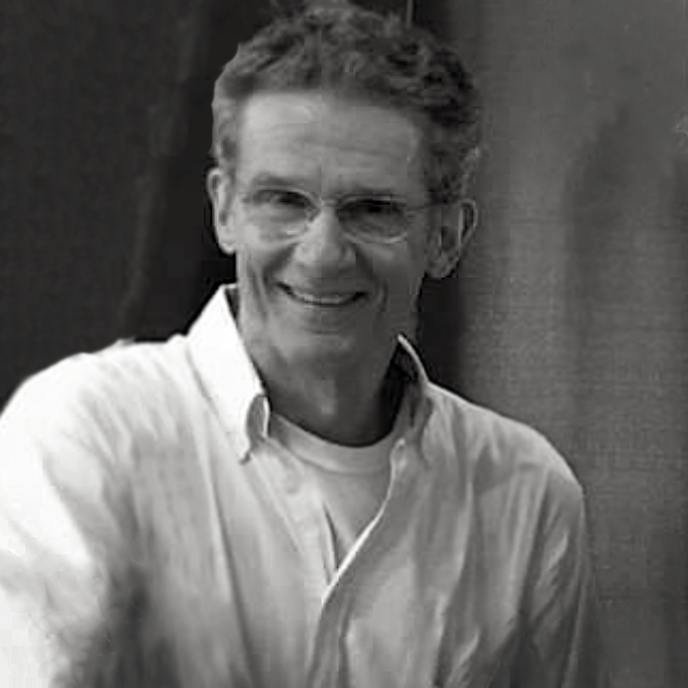

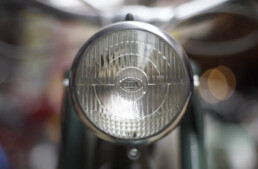
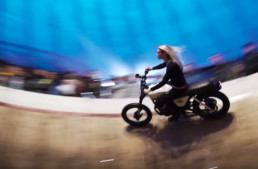
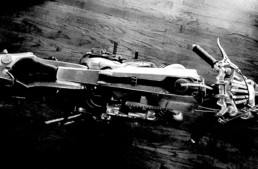
Nice bike [ the Zero ] … the location … errr … not so much …
Well written. Best wishes to the crew in China.